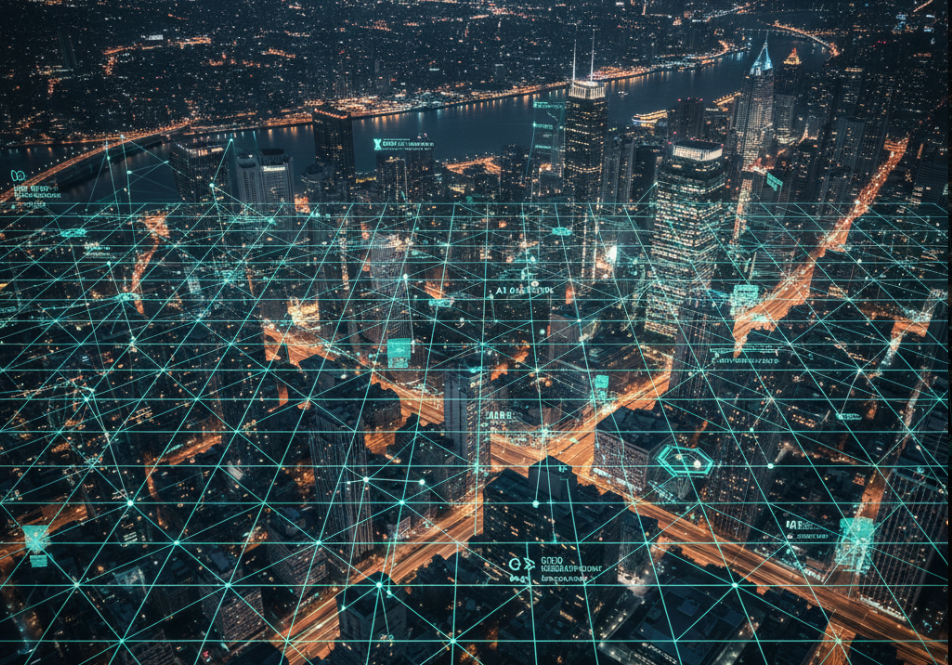Computer Vision
A Deep Dive into Semantic Segmentation

Published on August 1, 2025 · 9 min read

What is Semantic Segmentation?
In computer vision, several tasks help a machine understand an image. Object detection draws a bounding box around an object. Semantic segmentation takes this a giant leap further. Instead of just identifying an object's location, it classifies every single pixel in the image, assigning it to a specific class (e.g., "car," "road," "pedestrian," "building").

Why Does Pixel-Perfect Understanding Matter?
This pixel-level understanding is crucial for applications where shape and precise boundaries are important. An external resource like the guide from V7 Labs provides excellent technical depth on this topic.
- Autonomous Driving: A self-driving car needs to know exactly where the road ends and the sidewalk begins, not just that there's a "road" nearby.
- Medical Imaging: When analyzing an MRI scan, doctors need to identify the precise boundaries of a tumor or organ. Segmentation models can automate this process.
- Satellite Imagery: Analysts use segmentation to classify land use, identifying forests, bodies of water, and urban areas with high precision.
The granularity provided by by semantic segmentation unlocks a new level of environmental awareness for AI systems.
Creating high-quality datasets for semantic segmentation is one of the most labor-intensive tasks in data labeling. This is where the Human-in-the-Loop model becomes invaluable. At TrainsetAI, we use smart segmentation tools to help our annotators work faster and more accurately, delivering the complex, high-quality masks that your advanced computer vision models demand.
Frequently Asked Questions
How is semantic segmentation different from object detection?
Object detection draws a rectangular bounding box around an object. Semantic segmentation is far more detailed, classifying every single pixel in an image to a specific category (e.g., 'road', 'car', 'sky'), providing precise outlines and shapes.
Why is labeling for semantic segmentation so challenging?
It is extremely labor-intensive because it requires human annotators to meticulously draw precise outlines around every object in an image, often on a pixel-by-pixel basis. This requires specialized tools and a high degree of precision.
